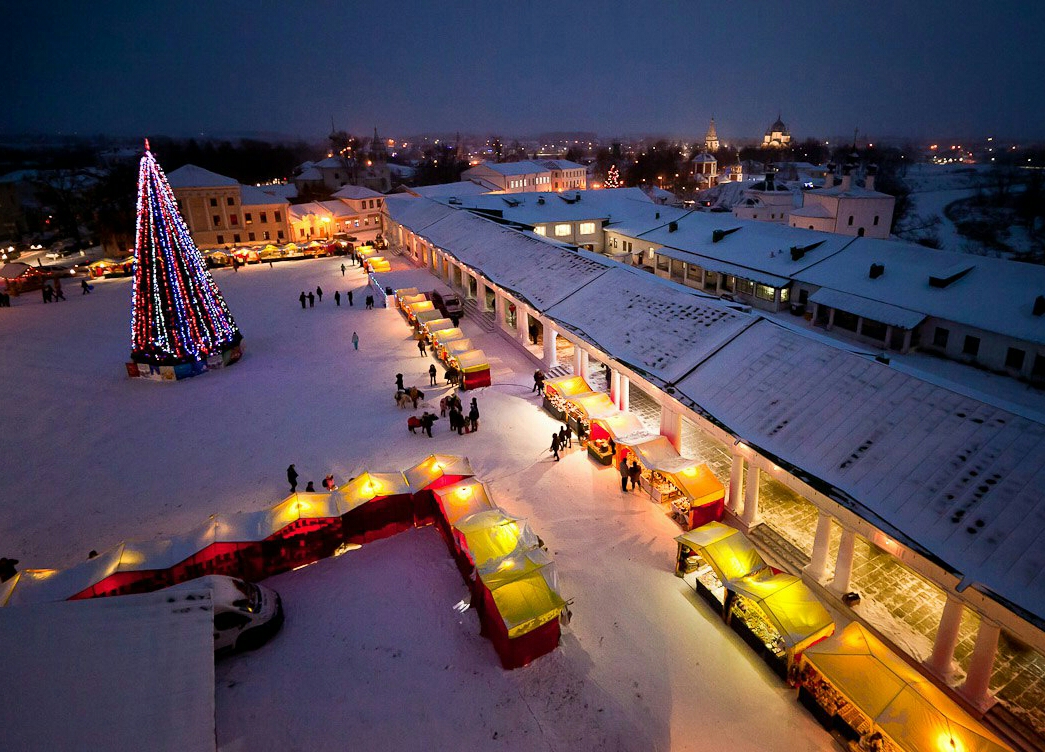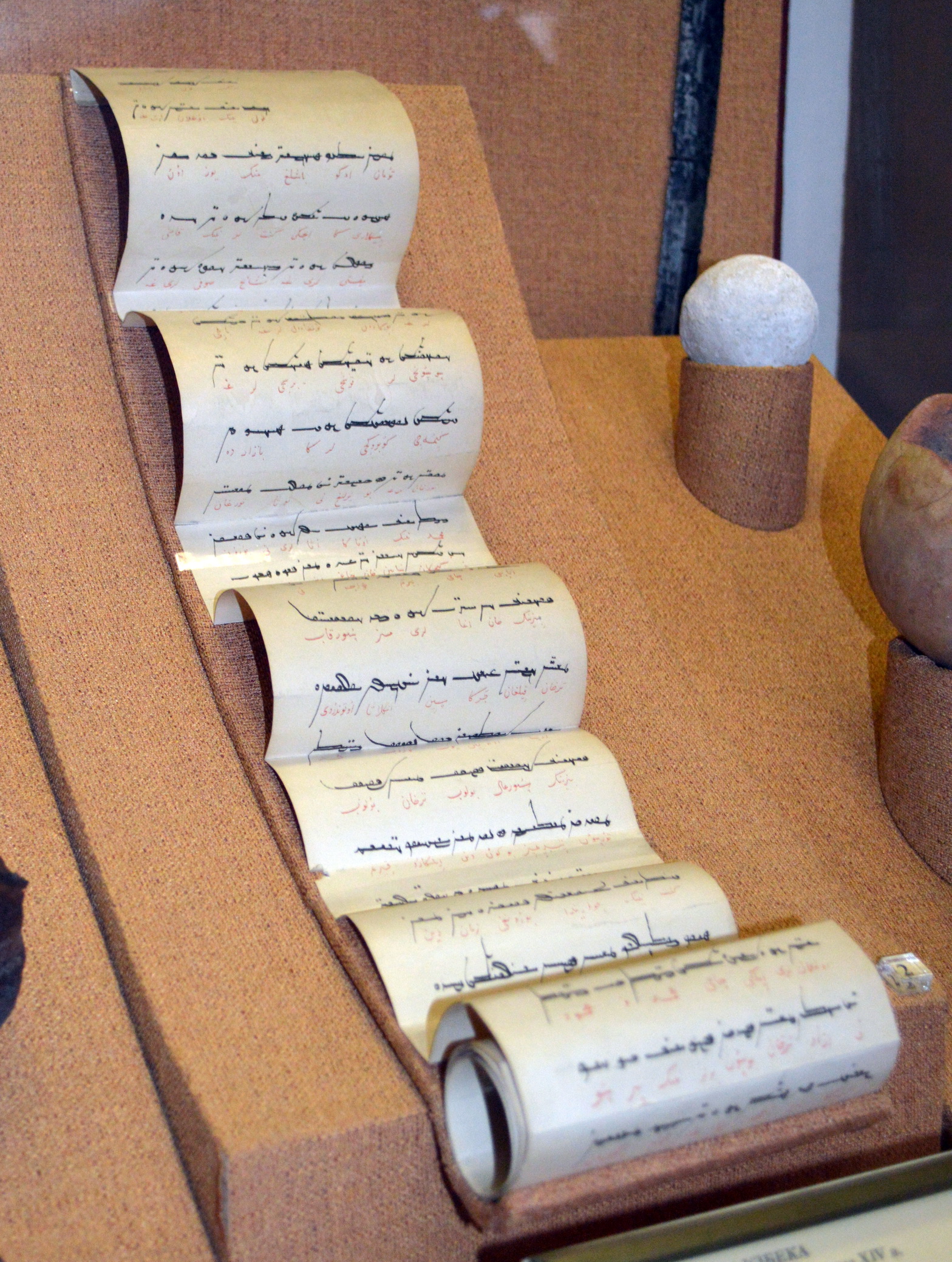|
Rostov-Suzdal
Vladimir-Suzdal (russian: Владимирско-Су́здальская, ''Vladimirsko-Suzdal'skaya''), also Vladimir-Suzdalian Rus', formally known as the Grand Duchy of Vladimir (1157–1331) (russian: Владимиро-Су́здальское кня́жество, lit=Vladimiro-Suzdalian principality, translit=Vladimiro-Suzdal'skoye knyazhestvo; la, Volodimeriae), was one of the major principalities that succeeded Kievan Rus' in the late 12th century, centered in Vladimir-on-Klyazma. With time the principality grew into a grand duchy divided into several smaller principalities. After being conquered by the Mongol Empire, the principality became a self-governed state headed by its own nobility. A governorship of principality, however, was prescribed by a ''jarlig'' (declaration by the Khan) issued from the Golden Horde to a Rurikid sovereign. Vladimir-Suzdal is traditionally perceived as a cradle of the Great Russian language and nationality; it gradually evolved int ... [...More Info...] [...Related Items...] OR: [Wikipedia] [Google] [Baidu] |
Suzdal
Suzdal ( rus, Суздаль, p=ˈsuzdəlʲ) is a town that serves as the administrative center of Suzdalsky District in Vladimir Oblast, Russia, which is located on the Kamenka River, north of the city of Vladimir. Vladimir is the administrative center of the surrounding oblast. As of the 2021 Census, its population was 9,286. Suzdal is one of the oldest Russian towns. In the 12th century, it became the capital of the principality, while Moscow was merely one of its subordinate settlements. Currently, Suzdal is the smallest of the Russian Golden Ring towns, but it has more than 40 historically important monuments and 200 architectural sites. Several of these sites are listed as UNESCO World Heritage Sites. History The town's history dates back probably to 999 or 1024, and in 1125 Yury Dolgoruky made Suzdal the capital of the Rostov-Suzdal principality. Suzdal began to function as a capital at the time when Moscow was still a cluster of cowsheds. In 1157, Andrei Bog ... [...More Info...] [...Related Items...] OR: [Wikipedia] [Google] [Baidu] |
Vladimir, Russia
Vladimir ( rus, Влади́мир, p=vlɐ'dʲimʲɪr, a=Ru-Владимир.ogg) is a city and the administrative center of Vladimir Oblast, Russia, located on the Klyazma River, east of Moscow. It is served by a railway and the M7 motorway. Population: History Vladimir was one of the medieval capitals of Russia, with significant buildings surviving from the 12th century. Two of its Russian Orthodox cathedrals, a monastery, and associated buildings have been designated as among the White Monuments of Vladimir and Suzdal, a UNESCO World Heritage Site. In the past, the city was also known as Vladimir-on-Klyazma () and Vladimir-Zalessky (), to distinguish it from another Vladimir in Volhynia (modern Ukraine). Foundation The founding date of Vladimir is disputed between 990 and 1108. In the ''Novgorod First Chronicle'', Vladimir is mentioned under the year 1108, and during the Soviet period, this year was decreed to be its foundation year with the view that attributes the fou ... [...More Info...] [...Related Items...] OR: [Wikipedia] [Google] [Baidu] |
Kievan Rus'
Kievan Rusʹ, also known as Kyivan Rusʹ ( orv, , Rusĭ, or , , ; Old Norse: ''Garðaríki''), was a state in Eastern and Northern Europe from the late 9th to the mid-13th century.John Channon & Robert Hudson, ''Penguin Historical Atlas of Russia'' (Penguin, 1995), p.14–16.Kievan Rus Encyclopædia Britannica Online. Encompassing a variety of polities and peoples, including East Slavic, Norse, and Finnic, it was ruled by the , fou ... [...More Info...] [...Related Items...] OR: [Wikipedia] [Google] [Baidu] |
Golden Horde
The Golden Horde, self-designated as Ulug Ulus, 'Great State' in Turkic, was originally a Mongols, Mongol and later Turkicized khanate established in the 13th century and originating as the northwestern sector of the Mongol Empire. With the fragmentation of the Mongol Empire after 1259 it became a functionally separate khanate. It is also known as the Kipchak Khanate or as the Ulus of Jochi, and replaced the earlier less organized Cuman–Kipchak confederation. After the death of Batu Khan (the founder of the Golden Horde) in 1255, his dynasty flourished for a full century, until 1359, though the intrigues of Nogai Khan, Nogai instigated a partial civil war in the late 1290s. The Horde's military power peaked during the reign of Uzbeg Khan (1312–1341), who adopted Islam. The territory of the Golden Horde at its peak extended from Siberia and Central Asia to parts of Eastern Europe from the Ural Mountains, Urals to the Danube in the west, and from the Black Sea to the Caspian ... [...More Info...] [...Related Items...] OR: [Wikipedia] [Google] [Baidu] |
Jarlig
A jarlig ( mn, зарлиг, zarlig; russian: ярлык, ''jarlyk'', also transliterated yarlyk in Russian and Turkic, or even more correctly yarlıq, and the Tatar: yarlığ) is an edict or written commandant of Mongol and Chinggisid rulers' "formal diplomas". It was one of three types of non-fundamental law pronouncements that had the effect of a regulation or ordinance, the other two being ''debter'' (a record of precedence cases for administration and judicial decisions) and ''billing'' (maxims or sayings attributed to Genghis Khan). The jarliq provide important information about the running of the Mongol Empire. Ögedei Khagan prohibited the nobility from issuing gergees (tablet that gave the bearer authority to demand goods and services from civilian populations) and jarliqs in the 1230s. From the mid-13th to mid-15th centuries, all princes of Northeastern Rus received jarliq authorizing their rule. The issuing of jarlyk on governing of Rus finalized the establishmen ... [...More Info...] [...Related Items...] OR: [Wikipedia] [Google] [Baidu] |
Sarskoye Gorodishche
Sarskoye Gorodishche or Sarsky fort (russian: Сарское городище, literally "Citadel on the Sara") was a medieval fortified settlement in present-day Yaroslavl Oblast, Russia. It was situated on the bank of the Sara River, a short distance from Lake Nero, to the south of modern Rostov, of which it seems to have been the early medieval predecessor. Exploration The site first attracted the attention of Russian archaeologists in the mid-19th century due to its imposing dimensions, which have no parallels in the region. Excavations begun by Count Aleksey Uvarov in 1854 revealed a number of superb Varangian objects comparable to the sites in Scandinavia, notably a Carolingian sword with the inscription "Lun fecit". Excavations have been undertaken intermittently since that period by many persons, including Nicholas Roerich in 1903. In his diary, Roerich complained that the site had been reduced drastically by road builders. After Soviet archaeologists resumed excavati ... [...More Info...] [...Related Items...] OR: [Wikipedia] [Google] [Baidu] |
Northern Dvina
, image = dvina.jpg , image_size = , image_caption = Northern Dvina starts as the confluence of Yug River (on left) and Sukhona River (on top) near Veliky Ustyug (photo 2001) , source1 = Confluence of Yug and Sukhona , source1_location = , mouth_location = Dvina Bay , subdivision_type1 = Country , subdivision_name1 = Russia , length = , source1_elevation = , mouth_elevation = , discharge1_avg = , basin_size = The Northern Dvina (russian: Се́верная Двина́, ; kv, Вы́нва / Výnva) is a river in northern Russia flowing through the Vologda Oblast and Arkhangelsk Oblast into the Dvina Bay of the White Sea. Along with the Pechora River to the east, it drains most of Northwest Russia into the Arctic Ocean. It should not be confused with Western Dvina. The principal tributaries of the Northern Dvina are the Vychegda (right), the Vaga (left), and the Pinega ( ... [...More Info...] [...Related Items...] OR: [Wikipedia] [Google] [Baidu] |
Oka River
The Oka (russian: Ока́, ) is a river in central Russia, the largest right tributary of the Volga. It flows through the regions of Oryol, Tula, Kaluga, Moscow, Ryazan, Vladimir and Nizhny Novgorod and is navigable over a large part of its total length, as far upstream as the town of Kaluga. Its length is and its catchment area is .«Река Ока» Russian State Water Registry The Russian capital sits on one of the Oka's tributaries—the Moskva. Name and history The Oka river was the homeland of the Eastern Slavic |
Volga River
The Volga (; russian: Во́лга, a=Ru-Волга.ogg, p=ˈvoɫɡə) is the List of rivers of Europe#Rivers of Europe by length, longest river in Europe. Situated in Russia, it flows through Central Russia to Southern Russia and into the Caspian Sea. The Volga has a length of , and a catchment area of «Река Волга» , Russian State Water Registry which is more than twice the size of Ukraine. It is also Europe's largest river in terms of average discharge (hydrology), discharge at delta – between and – and of drainage basin. It is widely regarded as the Rivers in Russia, national river of Russia. The hypothetical old Russian state, the Rus' Khaganate, arose along the Volga . Historically, the river served as an important meeting place of various Eurasian civilizations. The river flows in Russia through forests, Fo ... [...More Info...] [...Related Items...] OR: [Wikipedia] [Google] [Baidu] |
Yaroslav The Wise
Yaroslav the Wise or Yaroslav I Vladimirovich; russian: Ярослав Мудрый, ; uk, Ярослав Мудрий; non, Jarizleifr Valdamarsson; la, Iaroslaus Sapiens () was the Grand Prince of Kiev from 1019 until his death. He was also the Prince of Novgorod on three occasions, uniting the principalities for a time. Yaroslav's baptismal name was George ( orv, Гюрьгi, ) after Saint George. Rise to the throne The early years of Yaroslav's life are mostly unknown. He was one of the numerous sons of Vladimir the Great, presumably his second by Rogneda of Polotsk, although his actual age (as stated in the ''Primary Chronicle'' and corroborated by the examination of his skeleton in the 1930s) would place him among the youngest children of Vladimir. It has been suggested that Family life and children of Vladimir I#Yaroslav's parentage, he was a child begotten out of wedlock after Vladimir's divorce from Rogneda and marriage to Anna Porphyrogenita, or even that he was ... [...More Info...] [...Related Items...] OR: [Wikipedia] [Google] [Baidu] |
Vladimir The Great
Vladimir I Sviatoslavich or Volodymyr I Sviatoslavych ( orv, Володимѣръ Свѧтославичь, ''Volodiměrъ Svętoslavičь'';, ''Uladzimir'', russian: Владимир, ''Vladimir'', uk, Володимир, ''Volodymyr''. See Vladimir (name) for details., ''Vladimir Svyatoslavich''; uk, Володимир Святославич, ''Volodymyr Sviatoslavych''; Old Norse ''Valdamarr gamli''; c. 95815 July 1015), also known as Vladimir the Great or Volodymyr the Great, was Prince of Novgorod, Grand Prince of Kiev, and ruler of Kievan Rus' from 980 to 1015. Vladimir's father was Prince Sviatoslav I of Kiev of the Rurikid dynasty. After the death of his father in 972, Vladimir, who was then prince of Novgorod, was forced to flee to Scandinavia in 976 after his brother Yaropolk murdered his other brother Oleg of Drelinia, becoming the sole ruler of Rus'. In Sweden, with the help of his relative Ladejarl Håkon Sigurdsson, ruler of Norway, he assembled a Varangian ... [...More Info...] [...Related Items...] OR: [Wikipedia] [Google] [Baidu] |





.jpg)
